Once again, we at Target Shooter are privileged to feature another one of Rod’s enviable adventures exploring the fascination of extreme long range shooting. This article first appeared in www.rifletalks.com

This is a sequel to the two other articles on the 300 Norma Magnum where we covered load development at 600 and 1200m as well as taking it to the one-mile Coldbore Range in Denmark.
From previous performance tests, we believe the 300 Norma Magnum cartridge has a lot to offer to the rifle shooter out to a mile and a tad further before you upgrade to the likes of the 37XC – an easy upgrade for all those shooters using a 338Lapua Mag/300Norma bolt face.
The 37XC cartridge will be in our repertoire later this year but our pursuit to maximize the 300 Norma Magnum has taken us from the colder northern European country of Denmark to the picturesque fields of Sicily, an island we have come to know well which, amongst other qualities, provides for some fantastic long-range shooting possibilities out to a mile and maybe even beyond. After that you get treated to some of the very best gastronomic experiences anyone can hope for – seriously, the most under rated destination in the Mediterranean.
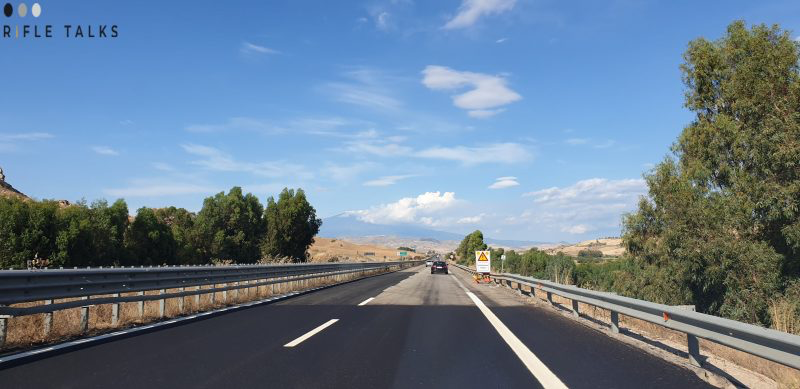
Remember this is the largest island in the Mediterranean with lots of agricultural land – an excellent place if, like us, you’re in search of land for long-range and extreme long-range opportunities. The Sicilians are very passionate about their shooting, their pistols and rifles and their competitive side and they are amongst the most hospitable people around. When an invitation came through www.rifletalks.com to have a go at a new facility during Covid lockdown, I was counting the days until we could finally hop on the ferry and get going.
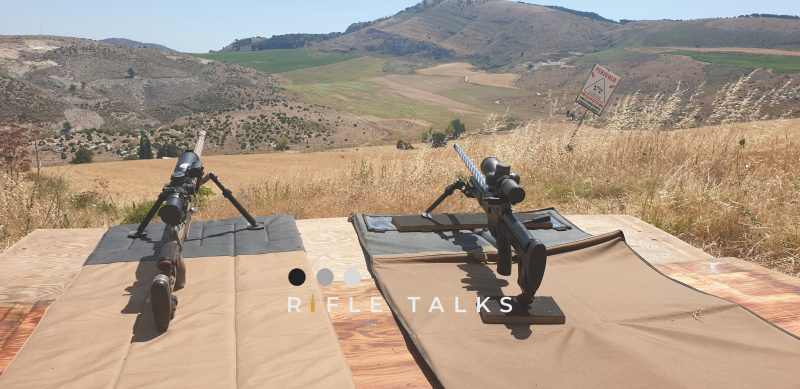
Soon we were on our way to Sicily, a 2 hour trip for us and then a 5 hour drive, crossing first to the east coast and then driving across the island to the north western tip. The scenery is beautiful, a mix of rolling hills and wide-open spaces which reminds me of some of the scenery out west in the USA.
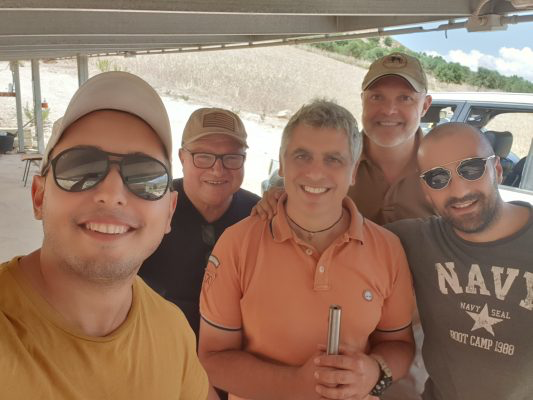
We met our Sicilian connection Roberto somewhere in the zigzagging narrow streets of the city and headed off to prepare our ammo for the day. Numerous accommodations are available for great prices, true tranquility and genuine service. A must visit.
If you have Sicilian roots, I strongly suggest you pay a visit and see what’s available here for the shooting enthusiast while you’re back to your native land. A ferry connection connects the Sicily with Malta, just 60 miles south, a popular economic hub for international corporations and tech business.
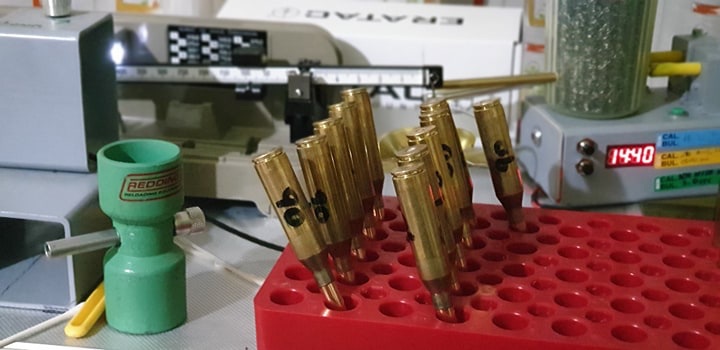
I had three loads with me that had already shot extremely well in Denmark on the 60cm gong at a mile. A 90grain load (3196ft/s), a 90.8grain load (3218ft/) and 92.0 grains of N570 beneath a 215 Berger. The latter load had clocked at 3068 ft/s in 10 degrees Celsius in Denmark.
I wanted to zero the rifle again as I’d removed the March 2.5-25×42 to mount an Eratac adjustable mount 0-70 MOA with a Vortex Razor Gen II 4.5-27×56 MOA scope. I also wanted to see the difference in MV at 31 degrees celcius so I could record it for future reference and update my Kestrel 4500 muzzle velocity with this data. Below is a shot of each load.
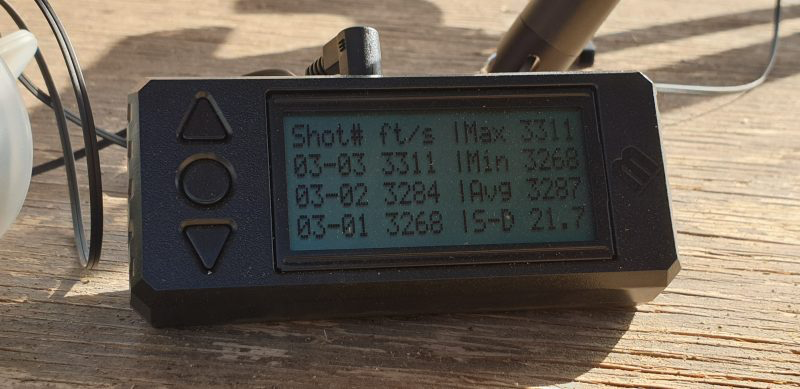
This Vortex scope actually has less vertical travel (71MOA) than my smaller March which clocks an astounding 98MOA of vertical travel even in its small size and 30mm tube but with the Eratac 0-70MOA mount, I would have 140MOA of travel before I even have to hold over using the reticle.
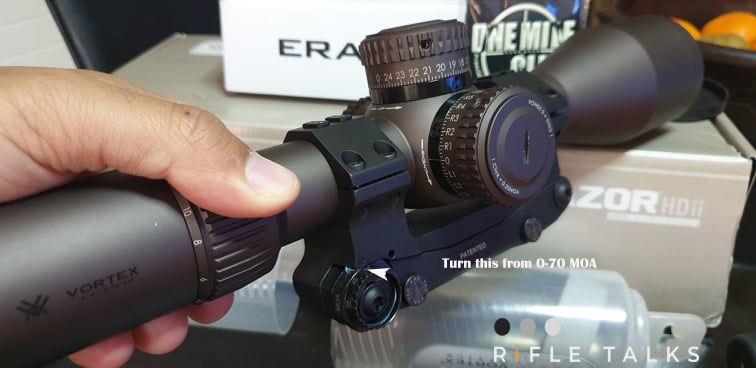
I love the reticle on the Vortex, it’s a Christmas tree type reticle although not as fine as the March mtr1 reticle which enables for a more precise hold at very long distance something closer to my F Class rifle’s reticle.
The Vortex is an FFP scope whereas the March is a 2nd FP. With the Vortex I had to bracket the target to ensure I was not inducing error when we tried a few 1 mile groups. I like both scopes for different reasons and the March followed me as my backup scope just in case. I always carry a backup – you never know.
Huge shout-out here to Harry Drescher from Solid Solution Design who had the mount sent to me with next day delivery just in time for my trip. Harry does amazing work on custom rifles and barrels and is based in the Netherlands. He stocks anything you may need for ELR shooting largely off the shelf.
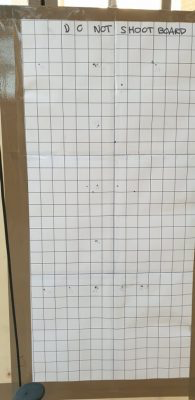
I had already run the Eratac mount in a vice to check that the mount is repeatable. I did a few runs up and down to ensure that 70 MOA on the mount are correct on the measuring stick I use for my scopes. Basically, I wound-on 70MOA, checked where the reticle moved to and took note. Then I zeroed the turret back to 0 MOA and wounded up the Eratac to 70 MOA and tightened it. It dropped in the same place as the reticle. With this I had confidence in the setup. I do this test religiously to ensure repeatability.
The next day I ran the base a few more times up and down, tightened the base, untightened it and went ahead with the test a few more times. Once you torque the screws in place, the scope is pointing in the same direction. I use my Vortex torque wrench to tighten it repeatably. I also boresighted the rifle while at home and this got me within 2 MOA of vertical when I shot it on paper at the range. It will give you a very good idea if your rifle barrel and scope are pointing in the same direction and save you some wasted rounds.
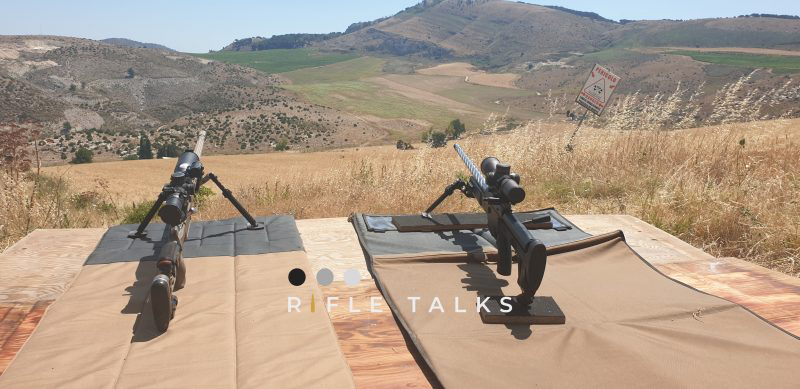
Just outside the north west side of the Island close to Trapani, a serious shooting complex awaited us, with firing lines at 300m, 600m, 800yds, 900yds and 1000 yards with covered firing points and camera systems installed. This was awesome as I could shoot this ammo at 1000m and checkout the vertical spread in real time on camera.
I also brought with me my new 308win Surgeon rifle with a new barrel fitted by Mik at Dolphin Gun company which I will review separately. The rifle had been sitting in the gunsafe for 8 months since I got it so it was up for a ladder test too. Lots of things to get done in 4 days.
Moreover, my good buddy Keith had brought with him his first precision rifle – a factory Steyr SSG 69 which I put together for him as his first gun. More on that later – having your best mate shoot with you for the first time is always rewarding, isn’t it.
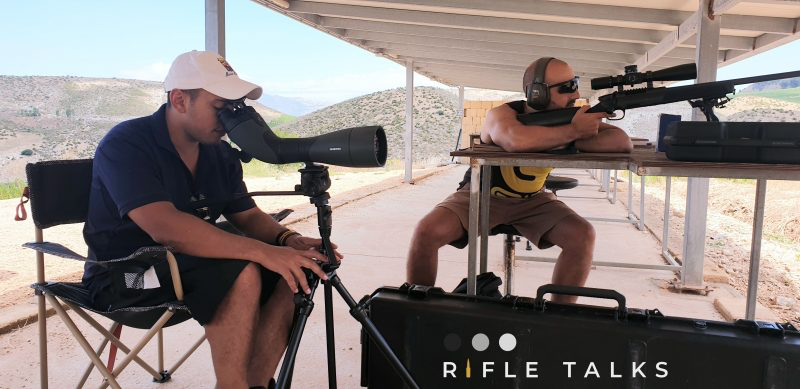
100m zero
Rob and I got our 300 Norma Magnum rifles on the line to fire off a few rounds on the 100m zeroing range. I sent a few rounds down range from the 3 loads I brought with me just to check change in POI (point of impact) and recorded the adjustment and velocity in my notebook.
I was using a Magneto Speed and a Labradar chronographs kindly provided by Vito, one of the ‘three musketeers’ that manage this amazing complex. This data will prove handy later where I will include this offset in zero at 100m in my Kestrel so that it will deduct it from the dope needed when shooting the hotter 92grain load. Kestrel has a feature which basically enables you to input any offset in zero for windage and elevation for any other load you are shooting and, instead of re-zeroing your turret, the Kestrel will take that into account and return a firing solution. AWESOME!
Little did we know that we were about to maximize this feature. For those that are not yet believers in tech, think again – it can make your life super easy and the top of the line Kestrel costs about as much as a hundred 300 Norma mag rounds…see the math?
Zeroing hiccups – too much incline in the scope base
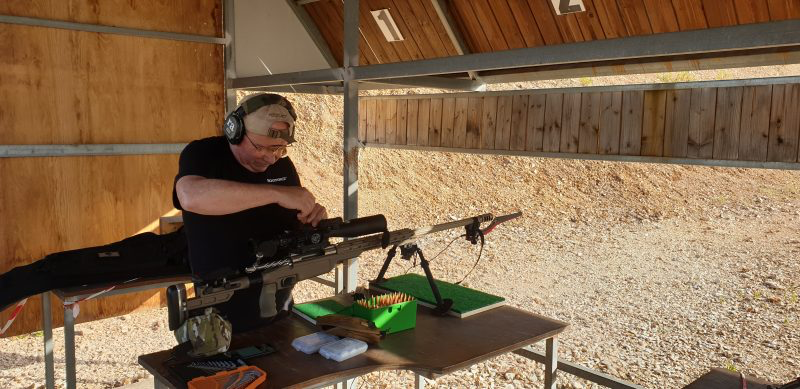
Scope: Nightforce ATACR 7-35×56 MOAR-F1 reticle – Kestrel 5700 saves the day.
Rob had just mounted his new brand Nightforce ATACR on his custom-built 300 Norma Mag built on the Defiance Deviant action with 30 MOA rail. On top of it Rob mounted an Eratac adjustable mount with 0-70MOA of vertical travel and his Nightforce ATACR with close to 100 MOA of vertical travel plus 15MOA of windage each way.
When he zeroed at 100m, he was still about 10 MOA high. This would result basically in a minimum 600m zero or thereabouts. We recorded this high impact point at 100m in MIL and MOA so that we would be able to input this in the offset feature of the Kestrel. His integral 20MOA rail meant he would not be able to zero it at a closer range. After some fiddling with the zero stop, we realized the scope turret was at the bottom of its travel adjustment. Tip: check all this before you are on the road and read your scope manual…….. On the range and under pressure it can waste precious time.
I had a look on the Kestrel to see where 10 MOA would take us if that would be his zero. This was around 600m so we drove off to the 600m point to fire off a few rounds on the paper targets with cameras on. The rifle was bang on and impacted in the 5 circle of the F Class target just outside the V bull. The simplest option was to input 28cm offset in elevation in the Kestrel. That meant that the output that the Kestrel would be giving out would take that into consideration and deduct it from the elevation needed. GENIUS! We know we would not be shooting at anything closer really with the 300 Norma – just waste of ammo but in case he wanted to do so, we will be able to aim under with his reticle – no problem. Being a FFP reticle, magnification did not matter – one less thing to think about. We wrapped-up day one after this zero confirmation. Time for some Sicilian tapas with the Three Musketeers – Roberto, Vito and Fabio.
Day two – Run to the Mile
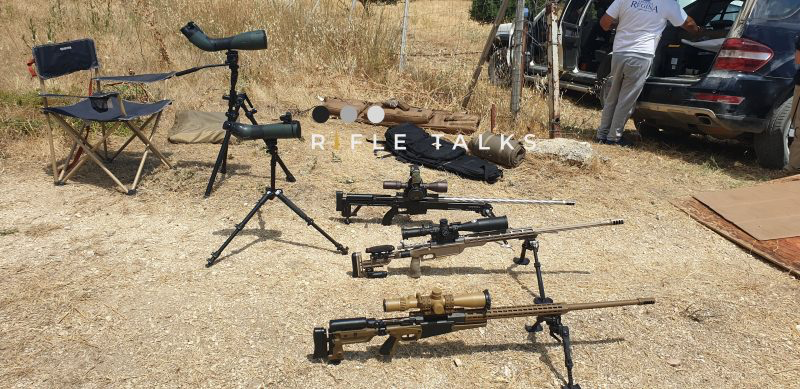
While we got set-up, Roberto kindly went up to the 1 mile spot to place the F Class target on a large wooden board. Seeing it at distance I was thinking the target is not wide enough to capture the string in case the rounds are not on target. To make it a little more challenging the dense vegetation close to the target meant we may not get much splash signature if we missed the target. OK here’s what it looked like through the Swarovski ATS 65 spotter at 1630m/1782 yards.
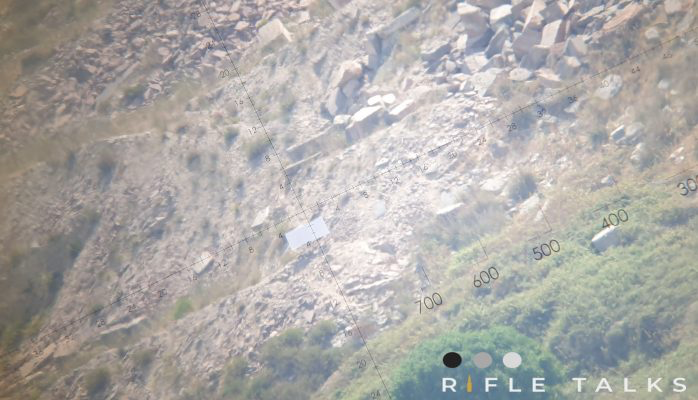
The picture above was made through the Swarovski ATS 65 with mobile phone attached and using 2x zoom on phone. We were told that the rock over here is very hard and does not provide much return for a thump with a 30 cal. bullet at this distance. Upon driving to the target, I noticed just how many winds you can get on this range given the topography and basically only two flags – one at 300m which was to the right of our trajectory to the mile and another flag at 1000m at one o’clock to the target. Just like F Class. I thought we would send two or three rounds on a rock as sighters before we went to print groups on the target. I was really interested to see the maximum vertical dispersion of our ammunition at this distance and hopefully get some holes in paper to measure.
Optics Showdown
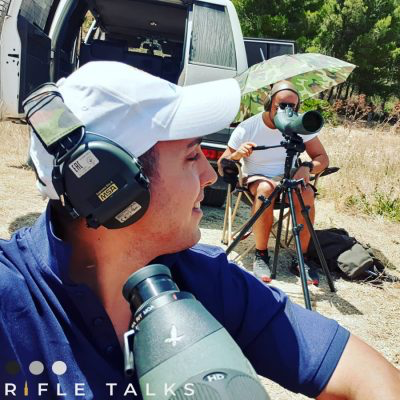
Watching out for the 300 Norma Mag trace with Swarovski ATS65 & Swarovski BTX 95mm spotter
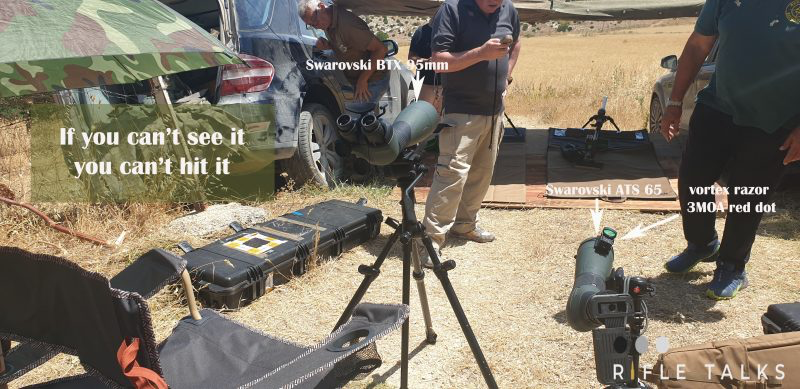
Here we set-up 2 different spotting scopes both on 30x magnification. With our Swarovski ATS 65 with a 30 MOA reticle set-up I attached a Swarovski phone adapter which comes with 3 adjustable rings for various ocular lenses. The adapter adjusts for various phones. I was using a Samsung s9plus. This will enable us to film the bullet trace during the almost 3 second flight time and go back and watch the shot when we missed. It really helps if you don’t have a camera down range. It’s small and easy to setup close to the gun.
Keith was manning this spotter. I wanted to give him a feel of what he should be looking for and, as a newbie, that is quite remarkable. We’re not shooting in a desert so spotting impacts is a veritable skill here, you need to catch the trajectory as it rises and then follow it as it descends onto the target – which is where you may easily loose the trace.

Bill was sitting right behind me in a comfortable chair and he was armed with the latest Swarovski BTX bino spotting scope with a Swarovski CTH compact Tripod Head. This one has a 95mm objective. Make no mistake, this piece of portablekit is a game changer. Firstly the Swarovski BTX 95mm can be disassembled into 2 parts – the binocular set-up which you look through with both eyes and the 95mm scope body. This means it could fit my Fjallraven bag without carrying another pelicase. I could just carry the ATS 65, the Swarovski BTX spotter and my backup March 2.5-25×42 MTR1 MOA/MOA scope.
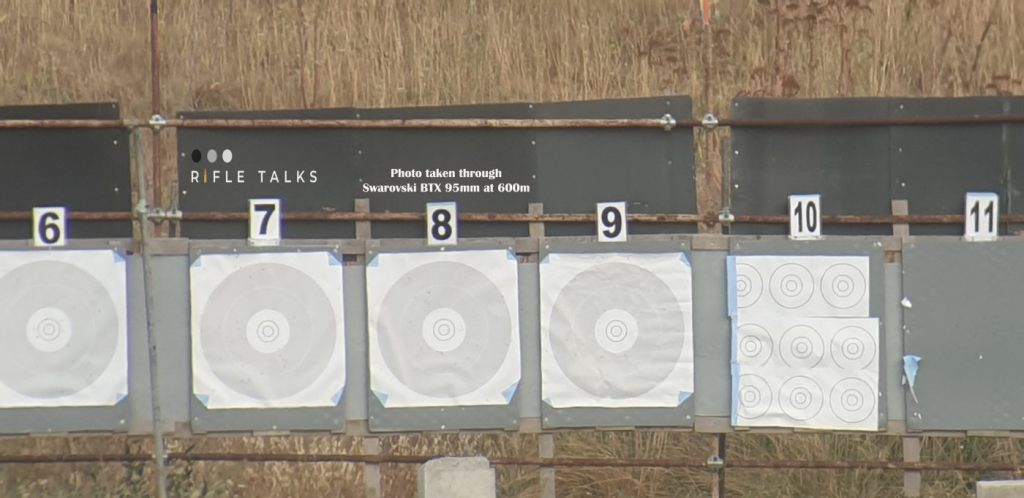
An in-depth review of the Swarovski BTX 95mm shall follow as well. When I opened the Swarovski first time round, I looked at a WWII gun post I can see from my home sitting at 2030meters. I could count the number of limestone bricks used to build it as well as see the layers and erosion on this rock after almost 80 years of sea weathering. I could see things I could not with my 65ATS spotter on same magnification, especially the contrast in colour and the resolution – simply amazing – fit for Swarovski logo – see the unseen.
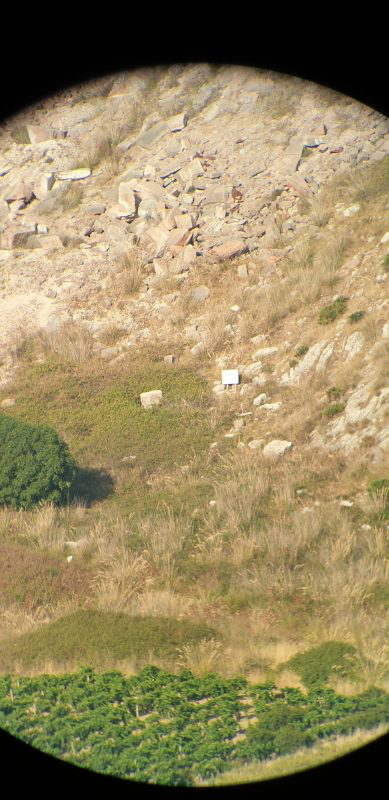
Here is what you see when you put your eyes on the spotter. This pic does not do it justice, I’ve taken a few more pictures which will be shared in a dedicated article.
Note: There are other spotters bigger and heavier that will also do the job equally well but weigh twice as much as the Swarovski and need specialised tripods and tripod heads. We shall show you some – so hang on in your shooting chair to find out just how crazy this ELR shooting can get!
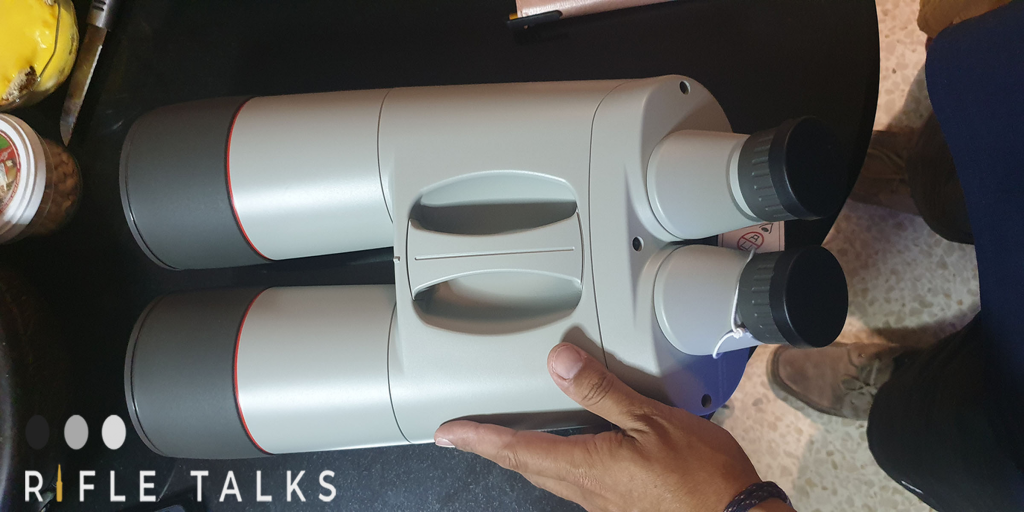
Above: Kowa Highlander with twin 82mm objective lenses weighing in at 6.2 kg are on the heavier side of the ‘big eyes’ game and in a category of their own. More on that in a separate article.
Day 2 – Letting 300 Norma Mag rip to 1 mile
We were on the hill by 8:30am glassing I took out the Leica Geovid HD-B 3000 bino range- finder to get a ping on the target before we start dialing-in. The target came up at 1650m/1804 yards as we moved further back from where our friends had originally set out the firing line. They went the extra mile to set up a few wooden boards to help achieve a better shooting stance at one mile. Here we also noticed another phenomena that may not effect you much at shorter distances. When I first looked at the rock at 1 mile, a lozenge
pill-like target, the light was shining from above us. This created shadows that made the rock very easy to see. As the light changed, the rock became camouflaged and even with the best optics the world can throw at it, it was harder to see and hold on that target.
First rounds at 1 mile
Cold bore shots are always challenging and fun but they’re another level at one mile plus. I fired up my Kestrel and got a dope of 46.75 MOA of elevation and 7.8 MOA of wind. I set it up for 3mph and 10mph wind from 90 degrees. It’s easy to work it out from there on.
I dialed this in on the Vortex. As I wound past my first turn, a nipple-like pointer moves out of the turret to show you’re past the first turn. Very handy. I watched some of the vegetation through my scope on lower mag, then dialed-up the mag to 20x to be able to spot the fall of shot myself whilst the eager spotters behind me hawked in on the target. I dialed 8 MOA of left wind, confirmed with both spotters they’re on target and let her rip!
Three seconds later, the impact showed right edge of target, elevation was right there too. I managed to see the shot impact myself. I popped another 4 rounds at it before my shooting buddy Bob took his turn. In the heat and sweaty circumstances (41 degrees Celcius /105 Fahrenheit), staying longer than 20 minutes on the target was hard work and gets you nervous. I even forgot to wear my earmuffs at one point with a bad outcome to that.
We took a few more rounds at the rock to get warmed up. The trajectory of the bullet in flight is very noticeable with a maximum ordinate of 400 inches/10.16m. For the next string we went on the 60x70cm gong – 5 rounds shot as fast as I could whilst the wind was slightly stable. This is really not ideal for hot loaded rounds like these, the barrel wear is at it’s highest when you shoot more than 3 rounds fast. A quick touch of the barrel will remind you that you just burnt 450grains of powder in less than 1min 52sec (equivalent to 11 rounds of 308win)
5 round string on the 60x70cm gong with 300 Norma Mag.
The gong is barely visible against the sandy backdrop even with some of the best optics around. Rod takes a 5 round string at the gong with his RPA Range Master 300 Norma Magnum. The ultra wide stance of the LRA bipod makes this platform absolutely rock steady, for heavy rifles – probably the best bipod I’ve tried.
We also sent a few rounds on the paper target that first day, we could see very little signature so it was either hits on target or we missed. We would not know until later the next day, we didn’t drive to the target in the evening and set off to the hotel that night. Roberto however wanted to see where our rounds went and actually drove to the target. He had seen a few concentrated hits from our earlier string on the paper target which had hit low but on the rock face.
Day 2 – Changes to the target location
We had a chat with our Sicilian friends over dinner and discussed if we could raise the target higher so that and bullets would impact in the dust patch behind it and enable us to spot these rather costly rounds downrange. The next morning we had a 2 F Class target-wide paper targets setup on the top part of the hill side and to the right we had the 60cm gong sitting there. The plan was to pop off a few rounds at the gong, see how our wind reading was and then fire 5 rounds each on the paper. We wanted to see what our aggregate hit rate would be over 15 rounds shot between us.
Here’s how it went:
We largely were interested in seeing how many of our 15 rounds on the paper target would actually end up there as well as our hit ratio. By the end of the second round we were at 11/15 as a team. Rob’s face was steaming in the heat and I thought he was going to faint.
Below is Bill’s turn on the 1650m gong with his 338 Lapua Accuracy International and 30 inch Lothar Walther barrel which he had custom made in UK.
Bill on double paper target at 1650m with 338 Lapua magnum
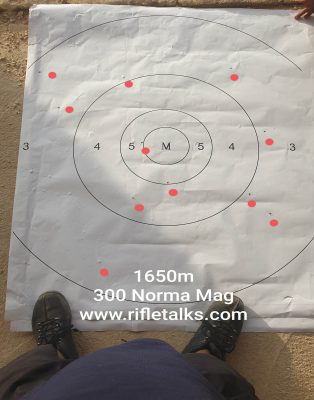
Here’s the target that we were shooting between us 11/15 hit rate 73% between us.
Shooting post mortem
We took some further notes about the shooting conditions. Firstly, we were more aware of the effects of the surrounding light conditions. Normally I am not as concerned with light when I shoot 1000 yards. I also noticed something quite impressive, on the late afternoon when the sun was setting, I had a look through the Swarovski BTX 95mm at the one mile target and I could see the rings on the F Class target at 1 mile! I think that was the most impressive thing that I saw all weekend, when you understand just how small the width of that ring is and how you could see them from 1650 meters away clearly, I was very humbled and truly appreciate the work that goes into these optics by these top optics companies.
So which calibre to choose – 300 Norma Mag. or the 338 Lapua for your run to one mile?
Seriously, which ever you go for, you’re gonna have a blast and be able to touch targets out there quite consistently. Soon we shall also be publishing some amazing deals on custom built 300 Norma and 338 Lapua rifles for our followers in the EU. WATCH THIS SPACE and follow us on facebook and instagram. Our gunsmith is putting together a great entry-level package. Subscribe to learn more and benefit!
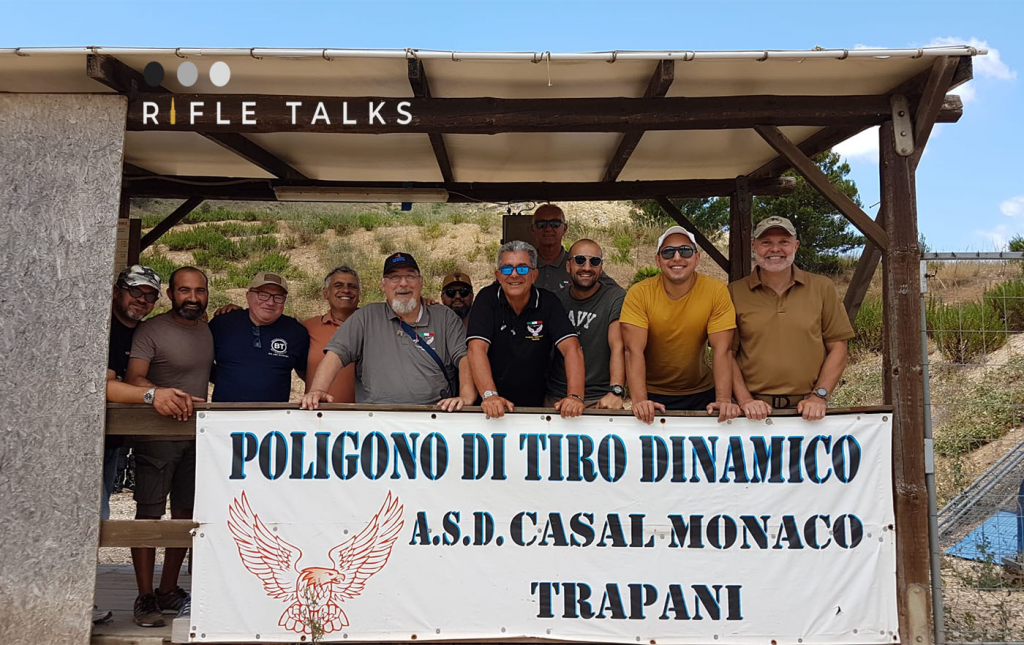
This is just a glimpse of the great fun we had thanks to the guys at this facility in Trapani. If you would like to organise a group shoot here, check out Rod’s website www.rifletalks.com for contact details.
